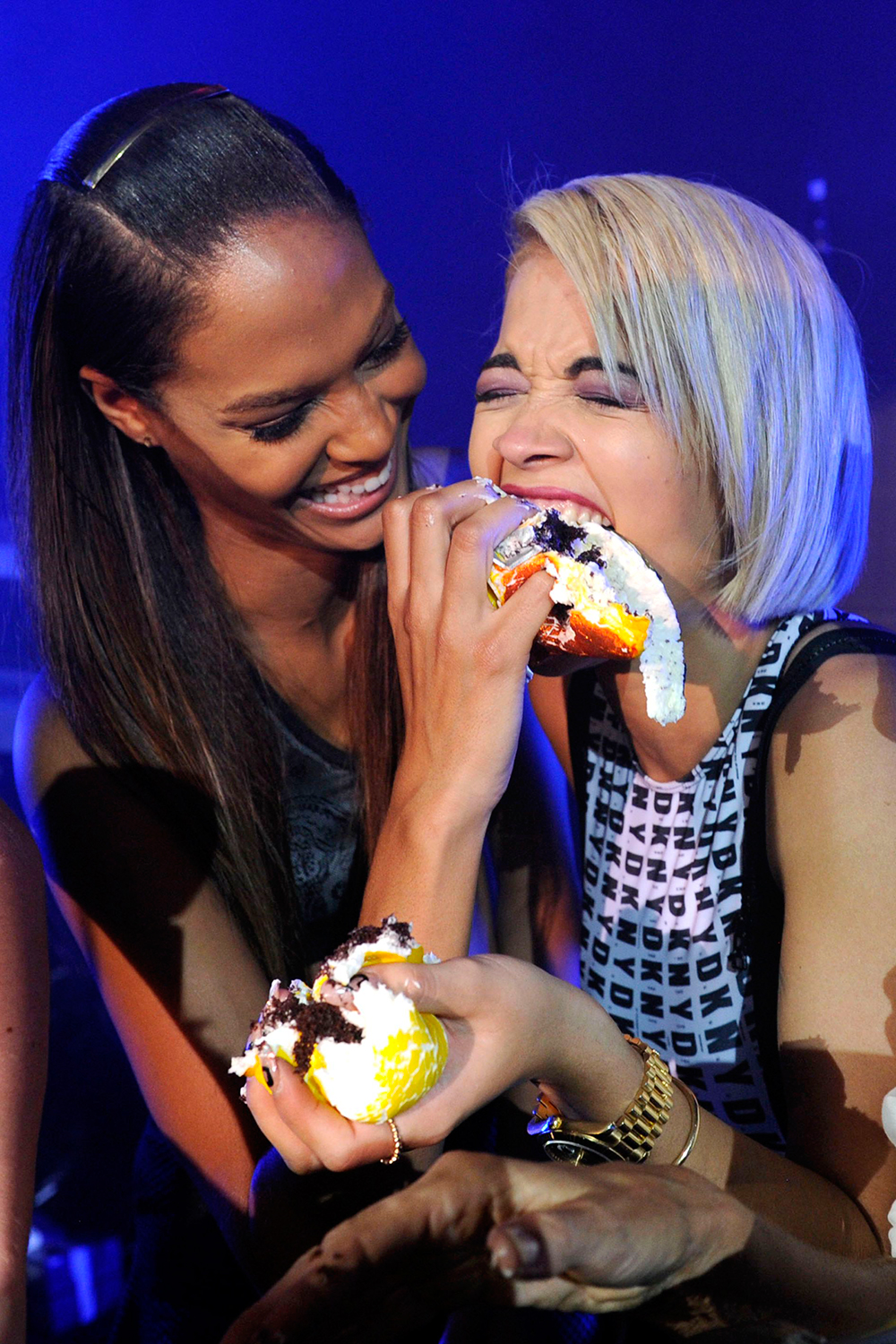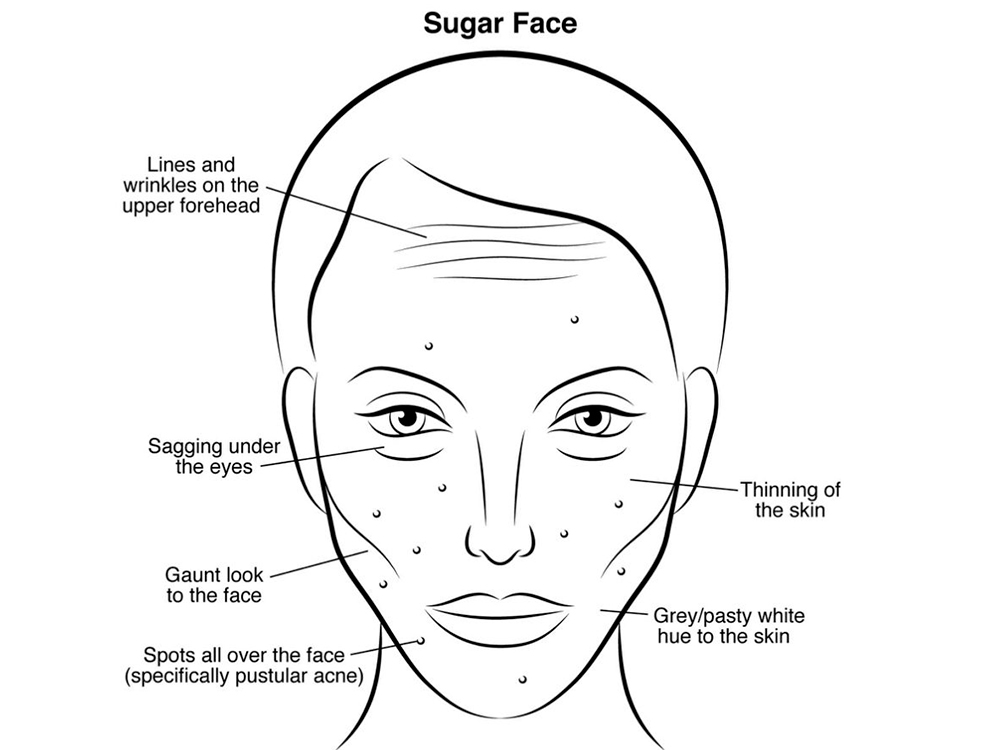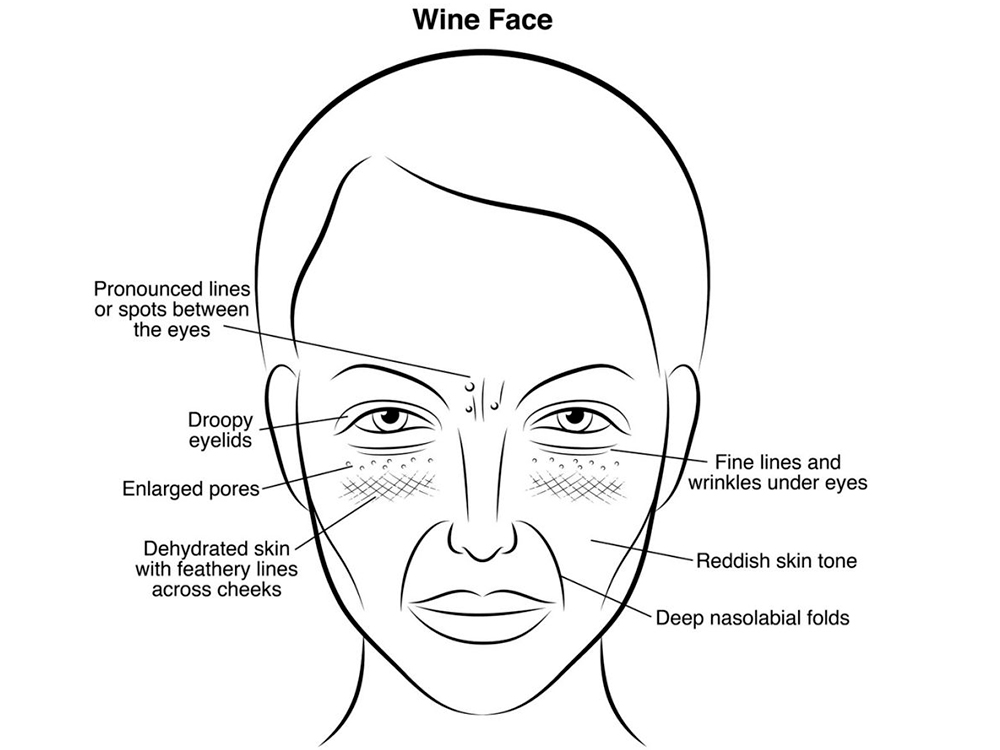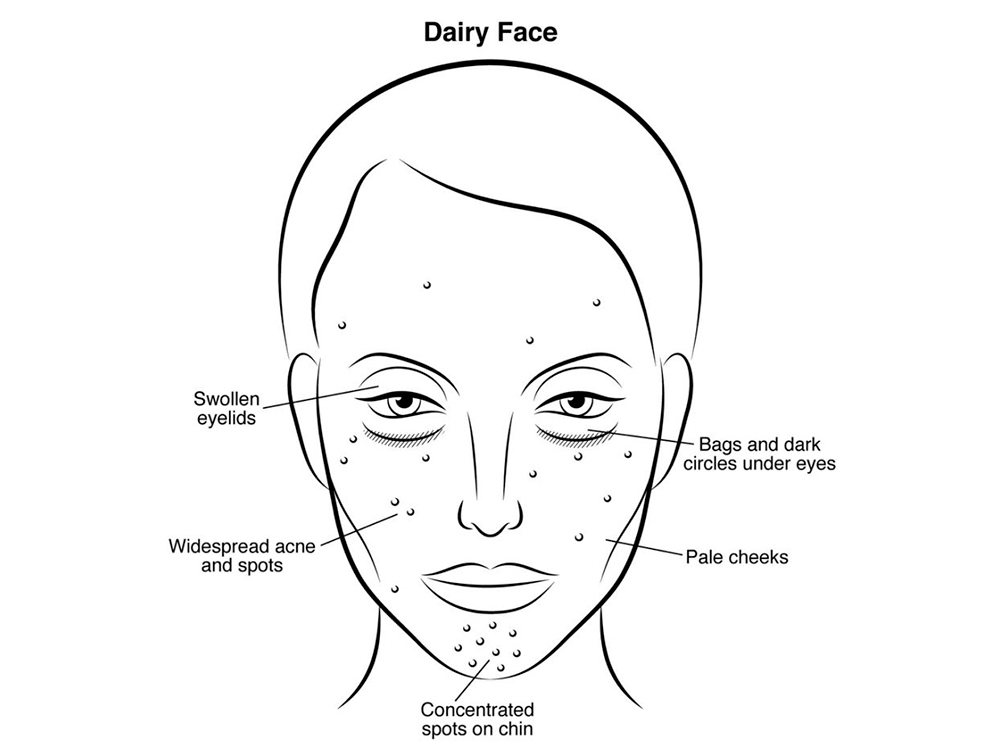Is sugar face a thing? And do you have one?
And most importantly, is cake making us look old?

And most importantly, is cake making us look old?
Sugar Face. Heard of it? According to a tonne of dermatologists, it’s a thing. And it could be ageing us. Here’s everything you need to know…
First it was Julianne Moore who introduced the world to ‘sushi face’, the worrying predicament of eating sushi for dinner and waking up with a puffy sodium face. David Kirsch, Kate Upton’s trainer, has talked about ‘carb face’ - one of the reasons why he puts the model on a no-carb, no-sugar diet. Now, the word ‘sugar face’ has been bubbling up on our beauty radar.
So before we go into the technical stuff, lets just answer the one thing you really want to know: is cake making us look old? According to a growing number of major dermatologists, - and most notably, Gwyneth Paltrow’s holistic doctor and Kim Kardashian’s dermatologist Dr Harold Lancer - the answer is a resounding YES.
In a nutshell, sugar breaks down collagen and can weaken the immune system which prevents bacteria clogging pores. It also creates more testosterone which makes pores larger and skin more oily. Great, just great.
Sugar is a dehydrating agent, so it increases oil production and also affects water binding so your skin looks less perky and bouncy resulting in a lacklustre appearance, and unwanted dark circles.
But the good news, is, if you were to give up the sweet, sweet stuff, the results are almost immediate. Within just 72 to 96 hours, people will regain better skin tone and skin will be less oily and dry. And the dark circles? Considerably reduced.
Celebrity news, beauty, fashion advice, and fascinating features, delivered straight to your inbox!
One Marie Claire staffer is living proof. In fact the results are the main reason she puts herself through the 'hell' of being sugar-free. The results? A clearer complexion, firmer, less puffy and brighter skin, and a noticeable difference with blackheads. Basically, the best ever.
The really, really bad news though is that it’s not just sugar. There’s Wine Face, Dairy Face, and Gluten Face to consider too. Skincare specialist Nigma Talib has broken down each trigger and explains exactly what it’s doing to your skin. Be prepared, it’s not pretty…

CHARACTERISTICS Lines and wrinkles on the forehead, sagging under the eyes, gaunt look to the face, painful pustular pimples all over the face, thinning of the skin, a grey/pasty white hue to the skin, thinner eyebrows.
WHY? It can disrupt the bacteria in your gut triggering pimples.

CHARACTERISTICS Pronounced lines or redness between the eyes, droopy eyelids, enlarged pores, dehydrated skin with feathery lines across cheeks, reddish cheeks and nose.
WHY? Alcohol is dehydrating which worsens lines and wrinkles and can cause capillaries to dilate resulting in flushed cheeks.

CHARACTERISTICS Puffy red cheeks, dark pigmentation patches or spots around chin.
WHY? An increase in inflammatory reactions in your body, caused by gluten, can lead to bloated or flushed skin. If you react to gluten your immune system reacts which affects the reproductive balance, which can lead to hormonal pimples around the chin specifically.

CHARACTERISTICS Swollen eyelids, bags and dark circles under eyes, small white spots and bumps on the chin.
WHY? A common lactose intolerance can also affect the immune system leading to more inflammatory responses in the body. Just as a swollen ankle happens when you damage it, your eyes can become puffy and bags more pronounced. Blocked pores and spots are also a key result.
So...broccoli for lunch then?
The leading destination for fashion, beauty, shopping and finger-on-the-pulse views on the latest issues. Marie Claire's travel content helps you delight in discovering new destinations around the globe, offering a unique – and sometimes unchartered – travel experience. From new hotel openings to the destinations tipped to take over our travel calendars, this iconic name has it covered.